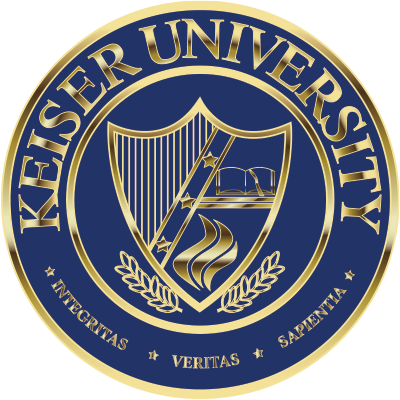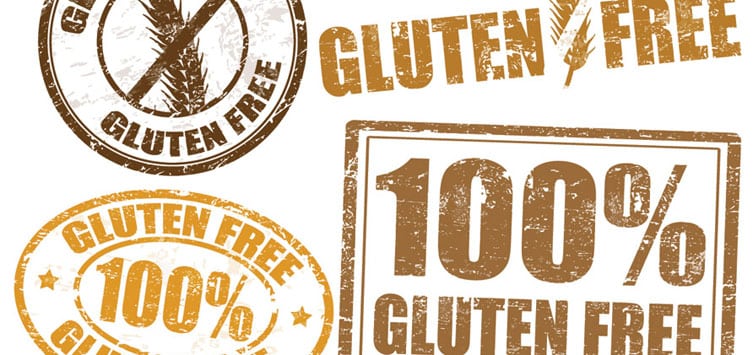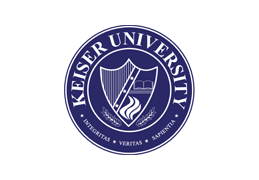Submitted by Greg Cannon (MS, RD, LD/N) of the Melbourne campus of Keiser University –
The month of May is Celiac Awareness month. Many are aware the only treatment for Celiac disease is a gluten-free diet. However most of us, including those newly diagnosed with CD, are unaware of the potential nutritional deficiencies that can present themselves when following a gluten-free diet. Because gluten containing foods are either good sources of, or fortified or enriched with important nutrients, it’s vital to understand which nutrients an individual following a gluten-free diet may be lacking in. Primarily, wheat flours are either enriched or fortified with iron, thiamine (B1), riboflavin (B2), niacin (B3), and folic acid (B9). Additionally, whole grain and whole wheat products are a very potent source of fiber. Therefore, these nutrients need to be consumed from other sources to prevent potential nutrient deficiencies. Iron can be found in many foods including fish, poultry, beef, spinach, lentils and beans. A good source of folic acid is green leafy vegetables, and cabbages. Various beans (garbonzo and navy to name a few) are also a good way to get adequate folic acid. Thiamine can be found in most beans and peas, lentils, sunflower seeds as well as beef and pork. Riboflavin is found in eggs, lean meats and milk. Some green leafy vegetables such as spinach also contain Riboflavin. When considering sources of Niacin, try to include tuna, poultry, pork, peanuts and brown (whole grain) rice. Finally, adequate fiber is necessary for gut integrity, increased satiety and healthy cholesterol levels. While on a gluten free diet, focus on consuming enough fruits, vegetables and gluten free grains like oats, brown rice and quinoa. If trying to incorporate the above listed foods is too difficult, dietitians often recommend following the MyPlate guidelines for those with CD: specifically: ½ your plate being fruits and/or vegetables, ¼ of your plate consisting of lean protein and/or beans, and the other ¼ of your plate include gluten-free whole grains, such as whole grain rice or quinoa.






 My instructors believed in me. They were more than instructors, they tried to get to know you as a person and tried to understand your goals so they could push you towards them. Student services helped me find a job before I even graduated. Everyone was dedicated to my overall success.
My instructors believed in me. They were more than instructors, they tried to get to know you as a person and tried to understand your goals so they could push you towards them. Student services helped me find a job before I even graduated. Everyone was dedicated to my overall success.
